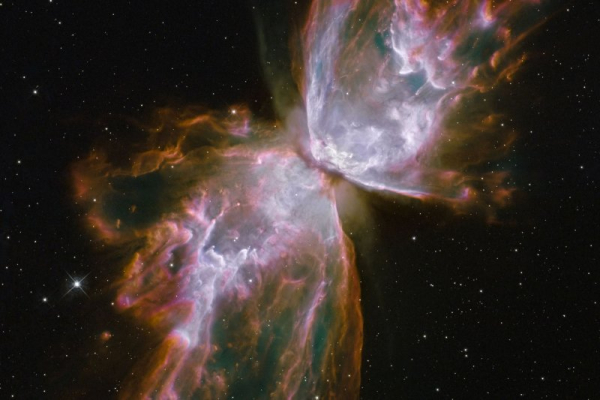
The James Webb Space Telescope has provided scientists with new insights into how the Earth might have formed, thanks to a detailed analysis of the structures of the Butterfly Nebula.
Observations revealed the formation of microscopic elements of planetary material near the dead star, as well as the presence of dust components that serve as the basis for the formation of celestial bodies in the vicinity of young stars.
“Decades of scientific debate about how cosmic dust forms have been given new impetus by the advent of Webb's ultra-sensitive capabilities,” said study leader Professor Mikako Matsuura of Cardiff University. “We have captured both cool crystalline structures in stable zones and superheated dust clusters in dynamically active regions of space – all within the same system.”
The Butterfly Nebula is a white dwarf star located 3,400 light years away toward the constellation Scorpius.
New images show dust pockets in the nebula's planetary torus region, which play a key role in initiating planet formation processes.
Analysis of the sizes of dust fragments in the nebula indicates their continuous accumulation over a significant period of time.
The results of the JWST study of the Butterfly Nebula were published in the Monthly Notices of the Royal Astronomical Society on August 27.
Sourse: www.upi.com





